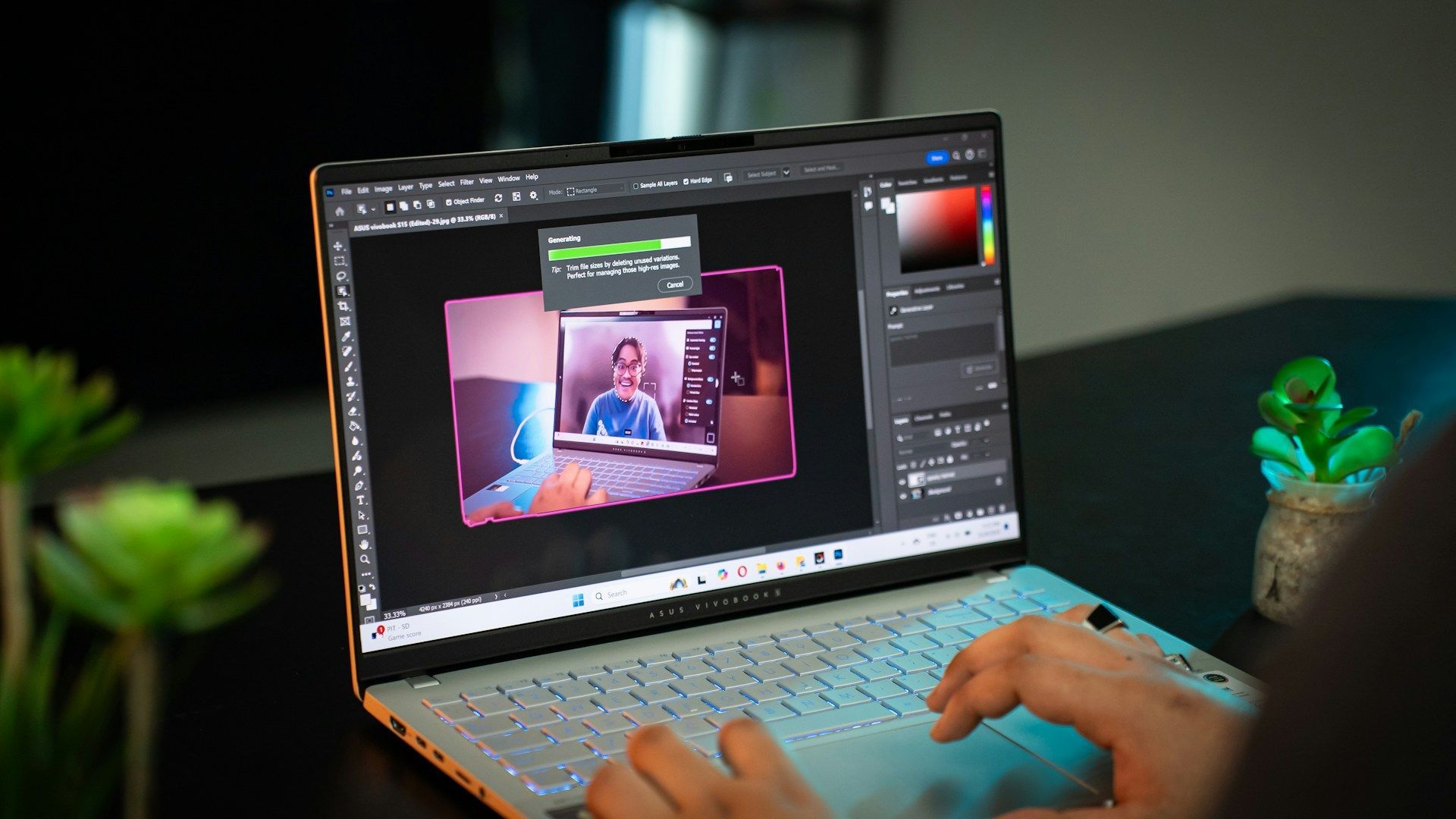What Makes Geofence Marketing Work
If you've ever walked into a store and then received a text or ad about that very place, you’ve already seen geofence marketing in action. It's a smart way for businesses to connect with people based on where they are physically located. Instead of casting a wide net and hoping for the best, geofencing lets marketing messages hit closer to home. By using precise location data, ads are more likely to reach people when and where it matters most.
Geofence marketing is gaining traction because it makes advertising feel less like background noise and more like a helpful nudge. Businesses no longer need to guess who might be nearby or who might like what they're offering. With the right setup, they can speak directly to people who are within feet of their door. And it’s not just about being nearby. It’s about timing, relevance, and delivery.
How Geofence Marketing Works
At the heart of geofence marketing is a digital fence. This virtual boundary is set around a specific physical location using GPS, Wi-Fi signals, or cell data. When someone with a smartphone enters or exits this defined area, it triggers a predetermined action, such as displaying an ad, logging a visit, or sending a push notification.
Imagine, for example, a coffee shop that creates a geofence around a nearby college campus. When students cross into that area—whether walking to class or just passing by—they might receive a coupon or a message about a featured drink. The timing and physical proximity make the message feel intentional and relevant.
Here’s how businesses usually approach setting up a geofence campaign:
- Pick a physical location to target. It could be as narrow as a storefront or as broad as a shopping district.
- Determine what user behaviors will trigger the ad or message, such as entering or staying in the zone.
- Write a crisp message that prompts action and uses language that fits the brand.
- Choose the best channel to deliver the message. This could be through mobile app notifications, SMS texts, or display ads.
What makes geofence marketing work is its ability to focus on a known location and deliver messaging only to those who are close enough to do something about it. It isn’t a loud advertisement aimed at everyone. It’s a quiet, timely message to the right person.
Benefits Of Geofence Marketing
Geofencing brings a lot to the table for marketing teams. It offers new ways to make ads feel timely and personal without being overbearing. When used right, it can spark action and build stronger local connections. Here are a few key reasons why it works:
1. Better Targeting
You’re no longer broadcasting your message to people who may never visit your business. You’re focusing only on those who are close and more likely to engage.
2. Personalized Outreach
Messages can be created based on nearby events or the time of day. This makes it easier to tie offers directly to what your audience is already doing.
3. More Engagement
When messages are relevant and show up at the right moment, people are more likely to tap on them or walk into your store.
4. Boosted Foot Traffic
Timed promotions or deals can make a big difference when someone’s already nearby. Urging them to come in now can turn a passerby into a customer.
5. Useful Insights
Every campaign creates data. With geofencing, you can see how people move, when they engage, and what they respond to. That insight helps tune future efforts.
Geofence marketing shines when paired with local knowledge. The more you understand people’s habits and routes, the easier it is to offer something meaningful right when they need it.
Effective Strategies for Implementing Geofence Marketing
Success with geofence marketing starts with planning. Whether running one location or several, a clear plan helps make every message count. These three strategies are simple and effective.
First, define your area with care. The geofence should match where your audience lives, works, shops, or travels. Think about where people are likely to be when they’re open to an offer or interested in something nearby.
Second, craft the right message. Nobody wants a message that feels generic or out of place. The content should be focused, personal, and tied to a specific action. For example: “Stop by today and get a free drink with any lunch order.” It’s quick, local, and easy to act on.
Third, keep watching the data. Campaign data shows you what works and what doesn’t. Maybe people respond more near one location than another. Or maybe mid-afternoon offers perform better than morning ones. Use that information to update and sharpen your campaigns.
Quick checklist for implementing geofence marketing:
- Pick the right physical zones for your campaign.
- Write simple, relevant messages that match the moment.
- Review and update based on analytics for better results.
Future Trends in Geofence Marketing
Geofence marketing continues to grow as new tools and tech take shape. One exciting development is the use of augmented reality. When someone enters a geofenced zone, they could receive an AR notification that previews in-store deals or shows a virtual display. This adds novelty and depth to the experience.
Artificial intelligence is another key trend. AI can sort real-time data to anticipate movement, interests, and behaviors. For marketers, this means smarter timing and better message choices that adjust on the fly.
The mix of mobile tech, location data, and smart messaging will keep evolving. Businesses that pay attention to these updates will be able to stay ahead, attracting customers with tools that feel both helpful and modern.
Making Geofence Marketing Work for Your Business
Whether you run a shop on Main Street or manage several stores across different cities, geofence marketing can be shaped to fit your needs.
For small businesses, it may start with drawing a geofence around your physical location and sending out messages during peak foot-traffic hours. Local events, parades, or sales at nearby shops can be great times to send alerts that bring people your way.
Larger businesses can scale these efforts. Think of a retail chain setting up custom geofences at each location and tailoring offers based on the audience or season. A sports store near a stadium might trigger offers on game days. A restaurant chain near offices could offer lunch specials around noon.
One example of smart geofencing is a food truck coordinating with a local outdoor event. They set a radius that captures event-goers and offer time-sensitive discounts for anyone visiting that day. It’s a simple use of location and timing that matches action with intent.
Whether small or large, the best results come from truly knowing your audience. You need to understand their patterns, preferences, and busy times. That clarity allows you to fine-tune offers they actually want to receive.
The Power of Geofence Marketing with Oddball Creative
Geofence marketing brings together timeliness, personalization, and direct outreach in a way few other methods can. It’s a chance to make ads feel like an extension of your customer’s day rather than an interruption.
With smart planning and location-based insight, businesses can connect more naturally with the right people at key moments. It’s cost-effective, easy to track, and fits businesses of every size.
Oddball Creative is here to bring those ideas to life. From setting up custom zones to crafting messages that speak to local audiences, our team works with you to build a plan that fits your goals, tone, and location. It's about putting your brand exactly where your future customers are already headed.
To truly integrate geofence marketing into your advertising strategy, connect with our team at Oddball Creative. Let us help you craft campaigns that resonate with your audience and take full advantage of geofence marketing. Whether you’re a small business or a larger enterprise, our custom solutions ensure your messages reach the right people at the right time.



